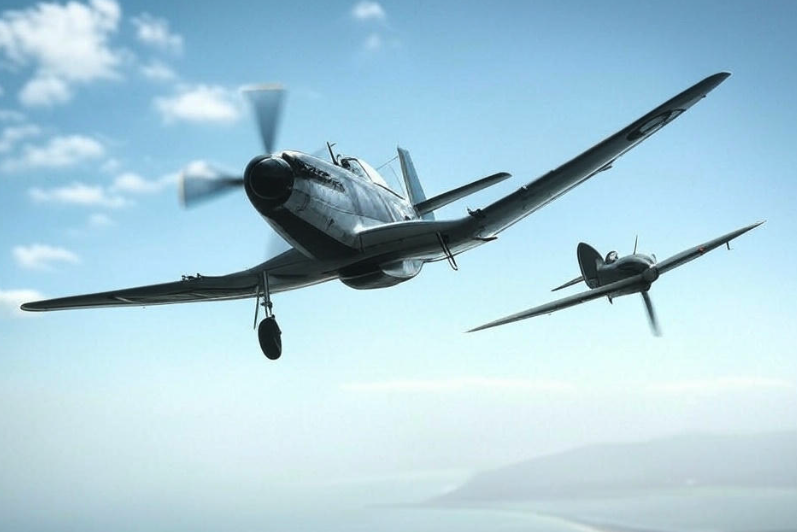
Simulating Historical Missions: WW2, Cold War, And Beyond
Share
Aviation has always reflected technological and strategic shifts in world history. From World War II's daring dogfights to the Cold War's tension-filled intercepts, each era has contributed unforgettable chapters to the story of flight. Flight simulation allows these moments to be experienced in immersive detail right from home.
Simulating historical missions lets users explore aviation’s past while testing their piloting skills under real-world constraints. The evolution of g1000 flight sim software from FlightSimBuilder has made it possible to relive famous missions, fly legendary aircraft, and understand the tactics and decisions faced by military pilots in some of history’s most pivotal conflicts.
How Simulators Recreate The Experience Of Historic Air Combat
Simulated historical missions challenge pilots with period-accurate mechanics, scenarios, and objectives that reflect real events and evolving combat strategies.
1. World War II – Dogfights And Bombing Runs
Flight sims centered on WWII often feature iconic aircraft like the P-51 Mustang, Spitfire, Bf 109, and Mitsubishi Zero. Players can engage in high-intensity dogfights, escort bombing formations, or fly low-altitude attack runs. Developers pay close attention to the era's flight characteristics, engine limitations, and weapon systems. Environmental effects such as flak, cloud cover, and limited visibility create conditions that reflect what pilots truly faced during missions over Europe and the Pacific.
2. Cold War – Intercepts And Nuclear Readiness
Simulating the Cold War period adds complexity through jet-powered aircraft, long-range missions, and nuclear deterrence scenarios. Pilots might fly aircraft like the MiG-21, F-4 Phantom, or B-52 Stratofortress. Missions include high-speed intercepts, reconnaissance patrols, or strategic bombing drills. The tension is often psychological—engagements are as much about radar tracking and early warning systems as they are about aerial maneuvering.
3. Modern Conflicts And Beyond – Precision And Technology
Some simulators explore post-Cold War operations, including Desert Storm and modern asymmetric warfare. These missions introduce precision-guided weapons, radar jamming, and multirole aircraft such as the F/A-18, Eurofighter Typhoon, or Su-35. Pilots can experience combined arms operations, coordinate with AWACS, and respond to complex threats in rapidly shifting combat zones.
4. Realism Through Historical Research And Detail
Developers often consult declassified mission data, pilot testimonies, and historical records to build authentic scenarios. From accurate squadron markings to mission briefings based on actual debriefs, simulators aim to reproduce historical fidelity. Maps are constructed using archived military cartography, and radio chatter mimics actual wartime communication styles and terminology.
5. Educational Value And Historical Perspective
Beyond entertainment, historical simulations help users understand the evolution of aerial warfare. Players gain appreciation for each period's limitations and innovations. Decisions that once belonged to trained military pilots are now part of interactive experiences that teach strategy, discipline, and respect for history.
Bridge The Past And Present Through Simulation
A Flight simulator setup has become a powerful tool for preserving and honoring aviation history. It allows users to fly in the shadows of heroes, perform missions based on real tactics, and explore how each conflict shaped modern aerial strategy.
For enthusiasts, educators, and history buffs, simulating historic missions connects technical flight skills with meaningful context. It's one thing to know the specs of a Spitfire—another to fly it under fire, low on fuel, trying to defend your home. History isn't just remembered in these digital skies—it's relived.
For more information on our home flight simulators, contact FlightSimBuilder via this Online Form or e-mail us, and we will respond shortly.
